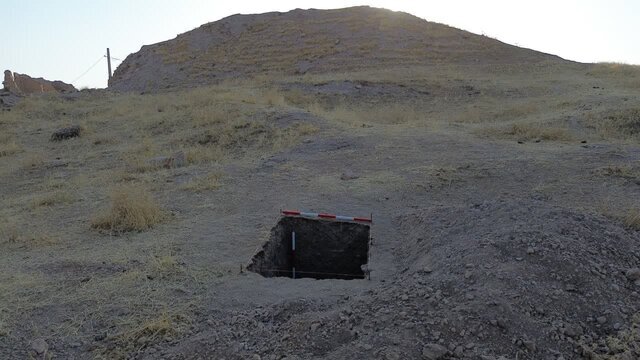Boundaries set for 5000-year-old hill in western Iran after Chalcolithic and Parthian remains found

TEHRAN - Archaeologists have proposed legal boundaries of Tape Bor in western Iran after discovering evidence from the Chalcolithic period, the 2nd millennium BC, and the Parthian era.
The site, situated in Javanrud county of Kermanshah province, was under threat from local construction, ISNA reported.
Tape Bor was first identified in 2005 by Dr. Yaghoub Mohammadifar, a prominent Iranian archaeologist. It then was added to Iran’s National Heritage List in early 2024 under registration number 3408, local residents have consistently requested permits for construction near the hill.
Due to these demands, cultural heritage officials launched a research project in the summer of 2024 to establish the hill’s legal boundaries.
According to the Cultural Heritage and Tourism Research Institute, this fieldwork has concluded, and a protection plan for the site has been proposed.
Farhad Fattahi, head of the Tape Bor archaeological team, said that 23 test trenches were excavated, which helped define the site’s boundaries and suggest appropriate protections.
Fattahi emphasized that pottery fragments from the site indicate the earliest human settlement at Tape Bor dates back to the Chalcolithic era, along with significant findings from the 2nd millennium BC and the Parthian period.
These discoveries highlight the historical importance of the site for regional archaeological studies, the archaeologist underlined.
He expressed hope that the completion of this project would resolve the issues faced by local villagers in obtaining construction permits while ensuring the preservation of the hill’s archaeological significance.
In addition to the artifacts, the team encountered remains of architectural structures in some of the trenches. However, the quality and exact period of these structures remain undetermined, necessitating further archaeological excavation and study.
AM
